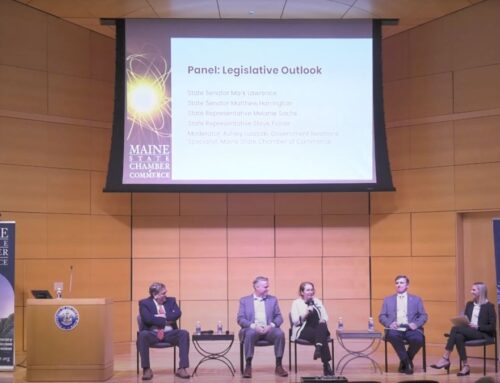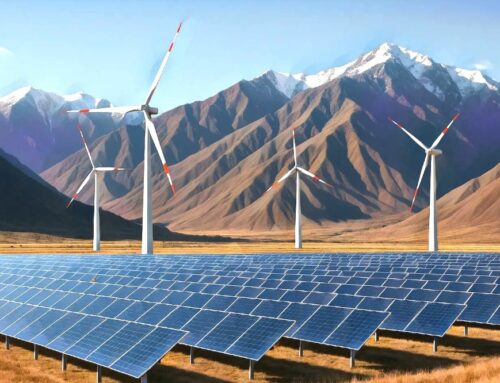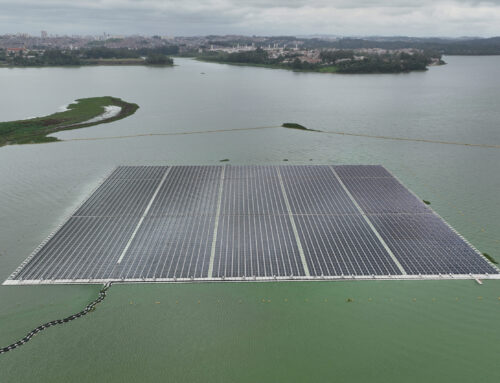Countdown in Chile: the sector awaits key decrees before the end of the year to reactivate
November 28, 2025
The amendment of Supreme Decrees 10, 37, 88 and 125 must be completed before 27 December, as announced at the Future Energy Summit (FES) Southern Cone, where public and private representatives agreed that their publication is essential to reactivate halted investments, enable urgent works and ensure remuneration for batteries.
Chile is preparing for a decisive end-of-year in terms of regulation. The renewable energy sector expects the Government to publish four strategic regulations before 27 December, considered fundamental to unblock investment in storage, transmission, system operation and distributed generation.
This regulatory package was one of the key issues discussed during the Future Energy Summit (FES) Southern Cone, held in Santiago on 26 and 27 November. There, both authorities and business leaders agreed on the urgency of having clear frameworks to allow energy projects to advance without structural bottlenecks. The publication of these decrees is viewed as an essential signal to rebuild confidence in the private sector.
The four regulatory instruments pending promulgation arise from current legal mandates and have formally committed deadlines: the amendment of Supreme Decree (DS) 37 (transmission planning), DS 10 (transmission facilities), DS 125 (system operation and coordination), and the update of DS 88, which governs the PMGD regime and must incorporate rules for co-located storage.
If these decrees are published within the established deadlines, they will open the door for investments currently held back by regulatory gaps or uncertainty, particularly in regions with high renewable generation but limited evacuation capacity. The new provisions will also expedite grid connections, enable urgent works and update the framework for integrating storage into distributed generation projects.
In the opening panel of the event, the CEOs of Colbún, Enel Generación, Engie, EDF and Acciona Energía discussed the challenges facing the renewable sector. They stated that the country is at a turning point, where the lack of regulatory certainty could compromise the volume of committed projects. One of the executives was categorical: “We are at a moment in which investment decisions are waiting for regulatory clarity.”
Representatives from the Ministry of Energy and the National Energy Commission (CNE) confirmed that intensive work is underway to meet the committed deadlines for the publication of the decrees. As detailed during the FES Chile VIP breakfast, the amendments will enable formal remuneration for technologies such as batteries, adapt network planning to a more decentralised system, and facilitate the integration of hybrid distributed generation within operational rules.
In the same session, it was stressed that storage is no longer a complementary solution but has become a structural component of the national electricity system, with direct impacts on dispatch economics. “Today, it directly affects system prices,” one participant noted. Indeed, Chile already has more than 1,850 MW of operational BESS capacity, and projections indicate that this figure could exceed 8 GW by 2027. According to official data, these technologies have enabled reductions of up to USD 100/MWh in marginal solar costs in certain substations in the north of the country.
Furthermore, during the event, it was emphasised that there is consensus within the Government that this regulatory package is not only urgent but essential to consolidate the energy transition. “We are in the first 10 kilometres of a 42-kilometre marathon,” they illustrated, underscoring that what is at stake is not temporary measures addressing curtailment, but a structural transformation of the Chilean electricity system requiring long-term vision and continuity.
Beyond the immediate regulatory package, the Ministry of Energy foresees the processing of up to 12 additional regulations in the coming months, in compliance with already approved laws such as the Energy Storage and Electromobility Law and the Tariff Stabilisation Law. As anticipated, between January and March 2025, the public consultation process will begin for other key texts related to distribution, flexibility, infrastructure and the energy transition, marking a new stage in Chile’s regulatory design.
FES Chile also addressed other strategic priorities for the sector: the development of green hydrogen as an export industry and a source of domestic flexibility; the deployment of electromobility outside Santiago, with support for public fleets and electric taxis; the need to accelerate transmission grid expansion; and the promotion of technological innovation in new operational schemes and demand-side participation.
With dozens of public, private and financial actors gathered in Santiago, the consensus was clear: the publication of these four regulations before the end of 2025 will set the pace for Chile’s electricity system in the years to come. Their entry into force will not only clear existing bottlenecks but will also determine whether Chile maintains its standing as a regional leader in renewable energy and storage or falls behind other markets that are advancing with more dynamic regulatory frameworks.
Search
RECENT PRESS RELEASES
Related Post




